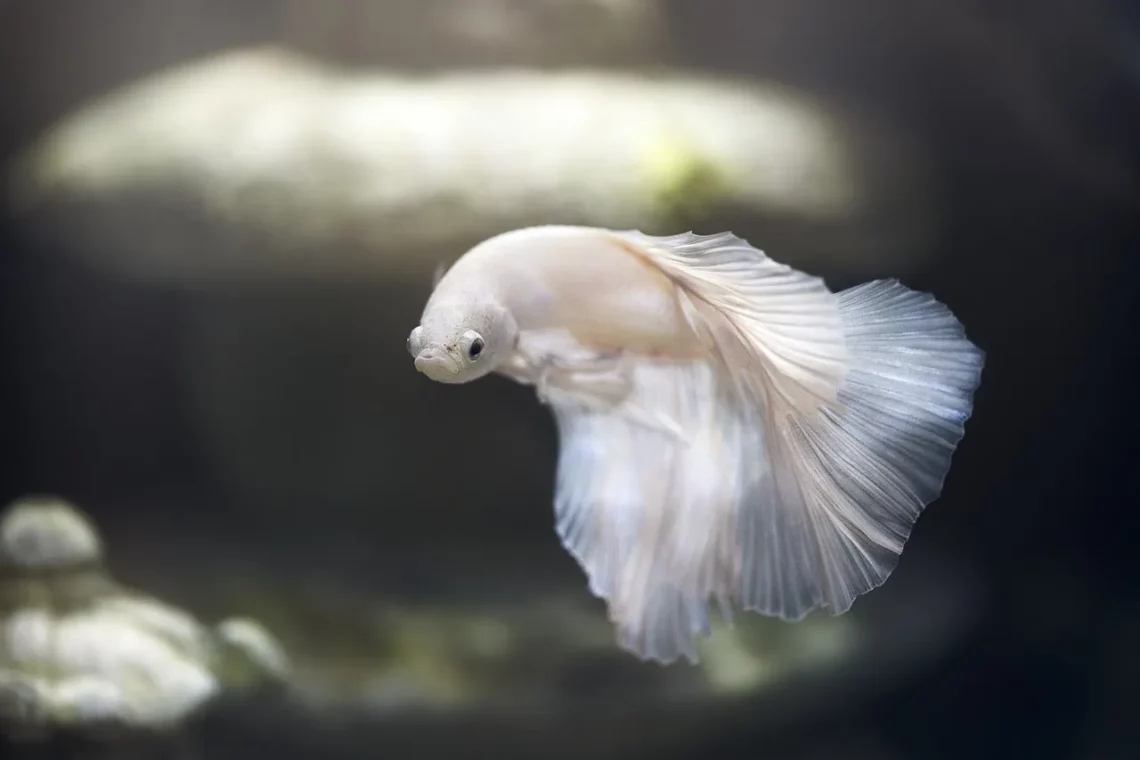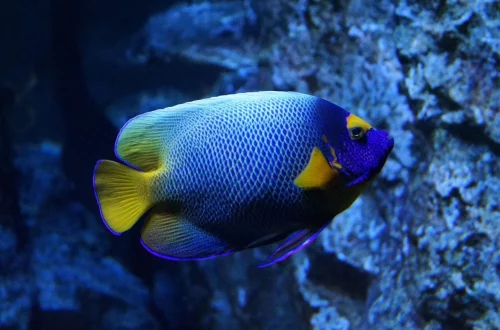
How Long Can Fish Survive in a Bag Before They Need Water?
When it comes to transporting fish, whether for a trip to the pet store or a move to a new aquarium, understanding how long they can survive in a bag without water is crucial for their well-being. Fish are remarkable creatures, but they are also highly sensitive to changes in their environment. The conditions in which they are kept can significantly impact their health and survival chances.
Fish breathe through gills, extracting oxygen from the water, and they rely on that water to support their physiological functions. When placed in a bag, the immediate environment changes drastically, and the fish are placed under stress. The quality of the water, the type of fish, and even the temperature can all play a vital role in determining how long a fish can survive in such conditions.
Understanding these factors not only helps in ensuring the safe transportation of fish but also promotes responsible pet ownership. It’s essential to be aware of the limitations of the fish you are transporting and to take measures that will minimize stress and enhance their chances of survival during transit. The following sections will delve deeper into the factors that influence a fish’s survival in a bag, the best practices for transporting them, and tips for ensuring their well-being throughout the process.
Factors Affecting Fish Survival in a Bag
The survival of fish in a bag is influenced by several critical factors. One of the most significant is the amount of oxygen available. Fish require oxygen to breathe, and when they are placed in a confined space like a plastic bag, the oxygen levels can deplete quickly. The size of the bag, the number of fish, and the duration of transport all play a role in how much oxygen is available.
Temperature is another essential factor. Fish are ectothermic, meaning their body temperature is regulated by their surroundings. If the temperature in the bag rises too high, it can lead to increased metabolism in fish, which in turn increases their oxygen demand. Conversely, if the temperature drops too low, it can slow down their metabolic processes, making them more vulnerable to stress and disease.
Water quality is also a crucial element. When fish are placed in a bag, waste products can accumulate quickly, leading to a toxic environment. Ammonia, a common byproduct of fish waste, can build up and become harmful. Therefore, it’s vital to ensure that the bag has been properly prepared before placing the fish inside.
Additionally, the species of fish being transported can affect survival time. Some species are hardier and can withstand brief periods without water better than others. For instance, certain freshwater species may tolerate being in a bag longer than delicate marine species. Understanding the specific needs and tolerances of the fish you are transporting is essential for ensuring their survival.
Best Practices for Transporting Fish
Transporting fish safely requires careful planning and consideration. To minimize stress and maximize the chances of survival, it’s essential to follow best practices. First, always use a bag that is appropriate for the size and number of fish. A general rule is to allow at least one gallon of water per inch of fish. This space helps ensure that there is sufficient oxygen and minimizes waste buildup.
Before transporting fish, acclimate them to the bag’s environment. This can be done by gradually introducing them to the water in the bag to avoid shock. Fill the bag with some of the water from their original tank to help them adjust more easily.
When it comes to sealing the bag, make sure to leave some air at the top to provide oxygen for the fish. This is crucial, especially for longer journeys. It’s also wise to avoid overpacking the bag; overcrowding can lead to increased stress and reduced oxygen availability.
Temperature control is imperative during transport. If the weather is particularly hot or cold, consider using insulated bags or containers to help regulate the temperature. Avoid exposing the fish to direct sunlight or extreme cold, as this can lead to rapid temperature fluctuations that can be harmful.
Lastly, consider the duration of the transport. If you anticipate a long journey, plan for breaks to check on the fish and refresh the water if necessary. This practice helps in maintaining a healthy environment, allowing for a safer travel experience for your aquatic friends.
Signs of Stress in Fish and How to Mitigate It
Recognizing the signs of stress in fish can be a game-changer when transporting them. Fish are often masters of disguise, but certain behaviors can indicate that they are not coping well with their environment. Common signs of stress include erratic swimming, gasping at the surface, hiding, or even rubbing against objects.
If you notice these signs during transport, it’s essential to act quickly. One way to mitigate stress is to reduce noise and vibrations, as these can further agitate the fish. Keeping the bag stable and avoiding sudden movements can help create a calmer environment.
Another strategy is to provide some form of cover in the transport bag. Adding a small amount of floating plant material can create a more secure space for the fish, allowing them to feel less exposed. This can significantly reduce stress levels and encourage more natural behavior.
Maintaining optimal water conditions is vital for fish health. If you’re transporting fish for more than a couple of hours, consider bringing along a portable aerator. This device helps to keep oxygen levels stable and can make a significant difference in the well-being of your fish during transport.
It’s also important to be aware of the fish species’ individual needs. Some fish are more sensitive to changes in their environment than others. Research your specific species beforehand to understand their requirements better, allowing you to take tailored measures that can help minimize stress.
Understanding the Limits of Fish Survival
While fish can survive for a limited time in a bag, there are hard limits to how long they can go without water. Generally, fish can survive for a few hours in a sealed bag, but this timeframe can vary based on the factors discussed earlier. It’s crucial to prioritize their welfare by minimizing the time spent in a bag.
The longer fish remain in a bag, the higher the risk of stress and health complications. Fish can experience suffocation if oxygen levels drop too low, which is often the case when they are confined in a small space for an extended period. Additionally, prolonged exposure to high levels of ammonia can lead to toxic shock, which can be fatal.
To ensure a successful transition to a new environment, always aim to transfer fish to a proper aquarium setup as soon as possible. Setting up an aquarium in advance and ensuring that it is cycled and ready for new inhabitants will facilitate a smoother transition.
In summary, understanding the limitations and needs of fish during transport is crucial. By implementing best practices and being mindful of the signs of stress, you can significantly enhance the chances of survival for your aquatic companions.
In conclusion, while fish can endure brief periods in a bag, their survival greatly depends on various factors, including oxygen levels, temperature, and species type. By following the best practices outlined and being aware of the signs of stress, you can transport fish safely and responsibly.
**Disclaimer:** This article is for informational purposes only and should not be considered medical advice. Always consult a qualified healthcare professional regarding any health issues or concerns.




